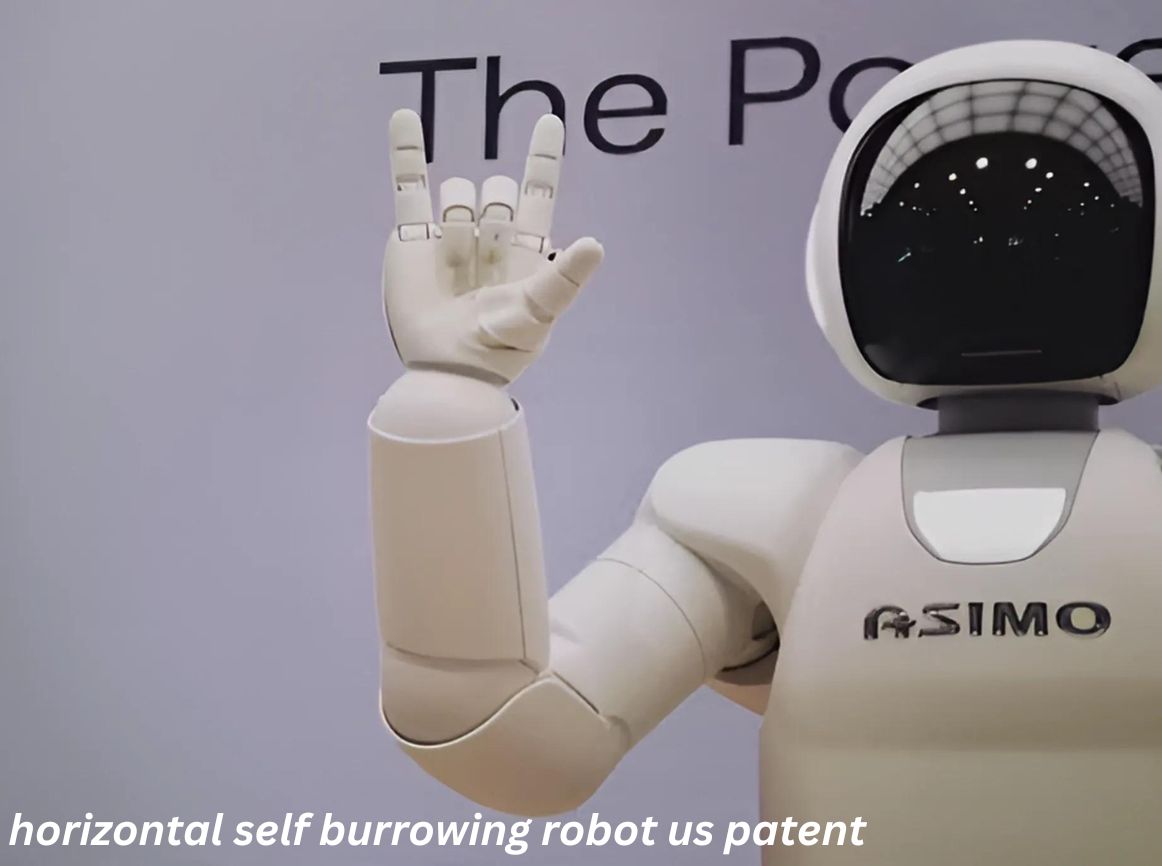In recent years, the field of robotics has witnessed significant advancements, particularly in applications related to underground exploration. Among these innovations is the horizontal self burrowing robot us patent which has been granted a US patent. This technology represents a transformative leap in how we approach subsurface operations, enhancing efficiency and reducing human risk.
Understanding the Horizontal Self-Burrowing Robot
The horizontal self burrowing robot us patent is specifically designed to navigate and operate beneath the surface without requiring extensive excavation. This innovation has crucial implications for industries such as agriculture, construction, environmental monitoring, and even urban planning.
Key Features of the Horizontal Self-Burrowing Robot
- Autonomous Navigation The robot is equipped with advanced sensors and algorithms that allow it to autonomously navigate through various soil types. This capability minimizes the need for human intervention, enabling more efficient operations.
- Adaptable Mechanisms The design of the robot includes adaptable mechanisms for different soil conditions. Whether it’s loose sand or compact clay, the robot can adjust its burrowing techniques to ensure optimal performance.
- Energy Efficiency One of the standout features of this technology is its energy-efficient design. The robot utilizes cutting-edge power management systems to conserve energy, extending operational time and reducing the frequency of recharges.
- Real-time Data Collection Equipped with various sensors, thehorizontal self burrowing robot us patent can collect valuable data in real time. This capability allows for immediate analysis of soil conditions, moisture levels, and even the presence of underground structures or contaminants.
Applications of the Horizontal Self-Burrowing Robot
Agricultural Enhancement
In agriculture, this robot can revolutionize practices such as soil analysis, irrigation installation, and pest management. By burrowing horizontally, it can lay irrigation pipes with precision or analyze soil health without disrupting the surface environment.
Environmental Monitoring
The robot’s ability to collect real-time data makes it invaluable for environmental monitoring. It can assess soil composition, track moisture levels, and detect pollutants, aiding in ecological studies and conservation efforts.
Construction and Urban Planning
In construction, the horizontal self burrowing robot us patent can streamline processes by efficiently laying foundations or conducting site assessments. Its non-invasive approach reduces disruption and minimizes the environmental footprint of construction projects.
Geological Research
Geologists can leverage this technology for subsurface exploration. By accessing difficult-to-reach areas, the robot can provide insights into geological formations and help in resource assessment.
Technical Specifications of the Horizontal Self-Burrowing Robot
Design and Structure
The horizontal self burrowing robot us patent features a compact design that allows it to maneuver in tight spaces. Its body is constructed from lightweight yet durable materials that withstand harsh underground conditions.
Sensor Suite
The robot is equipped with a comprehensive sensor suite that includes:
- Lidar Systems: For mapping and navigation.
- Soil Moisture Sensors: To monitor moisture levels.
- Chemical Sensors: For detecting contaminants or nutrients in the soil.
Power and Mobility
Power is a crucial aspect of the robot’s design. It utilizes a combination of rechargeable batteries and solar panels, allowing for extended use in remote locations. Its mobility systems include:
- Treads or Wheels: Designed for various terrains.
- Articulated Joints: Allowing for flexible movement in confined spaces.
Challenges and Future Directions
Technical Challenges
While the horizontal self burrowing robot us patent offers numerous advantages, several technical challenges remain. These include improving the robustness of sensors in extreme conditions and enhancing the robot’s ability to adapt to varying soil types.
Market Adoption
Market acceptance of this technology will require collaboration between robotics developers and industries such as agriculture, construction, and environmental science. Education and training will be essential to ensure that potential users can effectively utilize the technology.
Future Innovations
The future of the horizontal self-burrowing robot looks promising. Ongoing research and development are expected to yield even more advanced capabilities, including improved AI for decision-making, enhanced data analytics, and better energy management systems.
Conclusion
The horizontal self burrowing robot us patent represents a significant advancement in robotic technology, offering a versatile solution for a variety of applications. Its ability to navigate and operate underground with minimal disruption presents new opportunities for industries reliant on subsurface exploration. As we move forward, continuous improvements and innovations will shape the future landscape of this technology, making it an invaluable asset in numerous fields.
